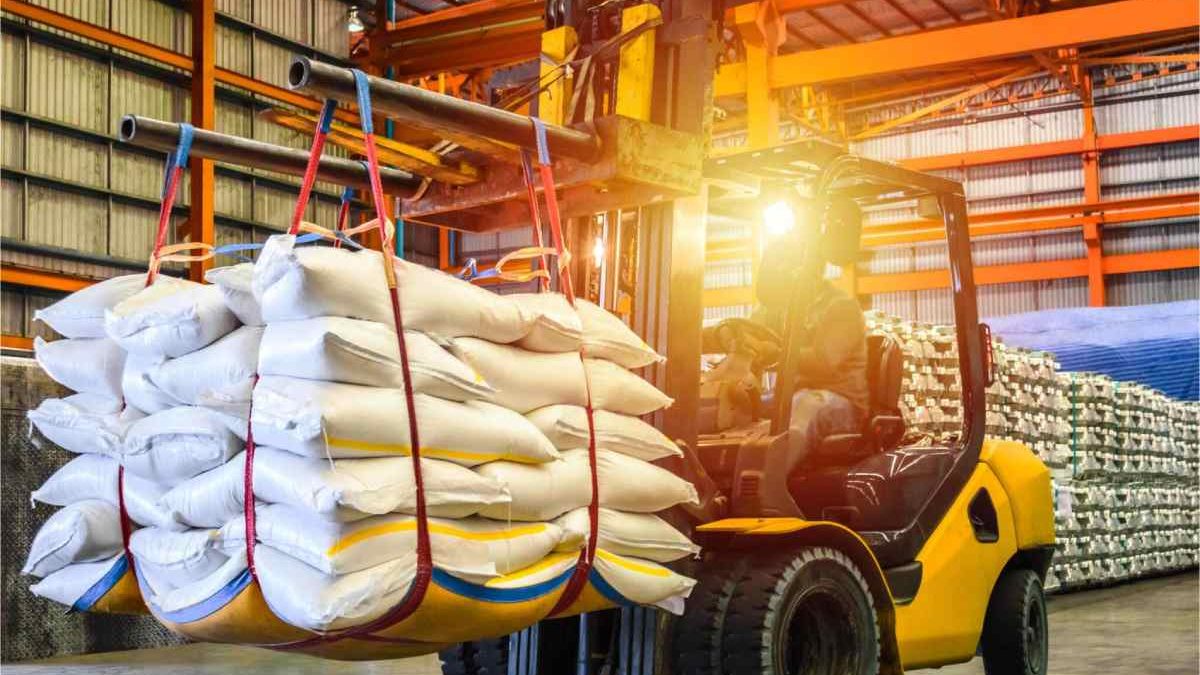Material handling equipment (MHE) plays a pivotal role in various industries, facilitating the movement, storage, control, and protection of materials and products throughout different stages of production, distribution, and warehousing. The types of custom material handling equipment are diverse, designed to meet specific needs and enhance operational efficiency. Here’s an extensive overview of the various types of material handling equipment:
Table of Contents
1. Conveyors:
Conveyors are a fundamental component in material handling, moving items from one location to another. Belt conveyors are excellent for transporting bulk materials, while roller conveyors use rollers to move products, making them suitable for heavier loads.
2. Cranes:
Cranes are heavy-duty equipment used for lifting and moving materials within a defined area. Overhead cranes are mounted on beams for lifting and moving heavy loads, while gantry cranes have a structure that moves on rails. Jib cranes have a horizontal arm for precise material handling.
3. Forklifts:
Forklifts are versatile vehicles equipped with forks for lifting and transporting loads. They are widely used in warehouses and manufacturing plants. Counterbalance forklifts are the most common and can be either electric or gas-powered.
4. Automated Guided Vehicles (AGVs):
AGVs are autonomous vehicles used for material handling in warehouses and distribution centers. They follow predefined paths using sensors and software, reducing the need for manual labor in transporting goods. AGVs are especially valuable in environments with repetitive material movements.
5. Pallet Jacks:
Pallet jacks, also known as pallet trucks, are manual or electric devices used for lifting and moving palletized loads. They are commonly used in warehouses and retail settings for efficient pallet handling. Manual pallet jacks require physical effort, while electric ones are powered for easier maneuverability.
6. Conveyor Systems:
Conveyor systems are extensive networks of conveyors designed to transport materials efficiently. They are prevalent in industries like logistics, e-commerce, and manufacturing. Conveyor systems can include various types, such as sorting conveyors, accumulating conveyors, and gravity conveyors.
7. Hoists:
Hoists are devices used for lifting and lowering heavy loads vertically. They are commonly employed in construction, manufacturing, and maintenance operations. Hoists come in various forms, including electric chain hoists, wire rope hoists, and air hoists.
8. Shelving and Racking Systems:
Shelving and racking systems provide efficient storage solutions for materials and products. They include pallet racking, cantilever racking, and selective racking. Pallet racking is ideal for storing palletized goods, while cantilever racking is suitable for longer items like pipes or lumber.
9. Lift Tables:
Lift tables, also known as scissor lifts, are platforms that can be raised or lowered to different heights. They are used for ergonomically positioning materials or products during assembly or packaging. Lift tables contribute to a safer and more efficient working environment.
10. Robotics:
Robotic material handling systems use robots to perform various tasks, including picking, packing, and sorting. These systems are increasingly integrated into warehouses and distribution centers to enhance efficiency and accuracy in material handling processes.
11. Carton and Tote Handling Equipment:
Carton and tote handling equipment is designed for the efficient handling of boxes and containers. This includes equipment like carton flow racks, tilt tray sorters, and tote conveyors, which streamline order picking and fulfillment processes.
12. Dock Equipment:
Dock equipment includes various tools and devices used for loading and unloading materials at docking areas. Dock levelers bridge the gap between the truck and the loading dock, facilitating smooth material transfer.
13. Automated Storage and Retrieval Systems (AS/RS):
AS/RS systems are computer-controlled systems for automatically storing and retrieving goods from designated storage locations. These systems optimize storage space and enhance the speed and accuracy of order fulfillment in high-density warehouses.
14. Vacuum Lifters:
Vacuum lifters use suction to handle and lift materials such as boxes, glass, or metal sheets. They are common in industries where a secure grip on materials is essential, such as in glass manufacturing or logistics.
15. Drum Handling Equipment:
Drum handling equipment is specialized for the lifting, moving, and pouring of drums and barrels. This includes drum handlers, drum palletizers, and drum dumpers, ensuring safe and efficient handling of liquid or solid materials in drums.
In conclusion, the diverse array of material handling equipment reflects the intricacies and demands of modern industries. From simple hand tools to sophisticated automated systems, each type of equipment plays a crucial role in optimizing material flow, reducing labor intensity, and improving overall operational efficiency. The selection of the appropriate material handling equipment depends on the specific requirements of the industry and the unique characteristics of the materials being handled.


